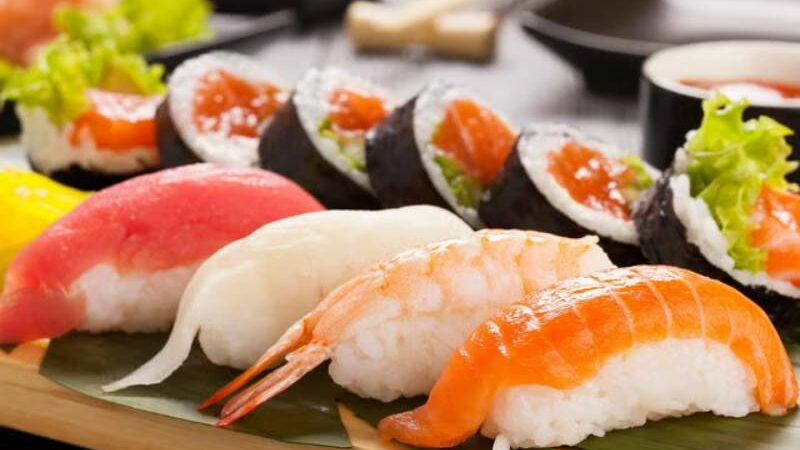The global food market is one of the largest and most complex networks in human history, linking many sectors of agriculture, production, distribution, and consumption. Food is transmitted through a complex interplay of supply and demand, tradition and invention, nutrition and culture. Journeys around the world begin in vast farmlands and end in crowded supermarket shelves, bustling trading ports and small kitchens.
In 2024, the food industry is expected to generate a revenue of $10.7 trillion and grow at a CAGR of 6.53% annually (CAGR 2024-2028). Confectionery and snacks make up the largest portion of the market, expected to reach $1.77 trillion by 2024.
Check out the 5 most common fake foods in the US.
5. Cinnamon
Repeat Count: 7
As an alternative to cinnamon, cassia is available in most stores in the United States. Ceylon, considered the “genuine” cinnamon, is related to Cassia, which is primarily grown in China or Vietnam. Compared to Ceylon bark, which is light and aromatic, cassia bark is sharper and more bitter. Cassia consists of a single piece of bark, while Ceylon’s feathers consist of several very thin layers rolled up so that the two sticks can be very easily distinguished. However, the brown powder left after cinnamon is ground may not be from Ceylon or Cassia.
4. Fish
Repeat Count: 8
Fish is a fake food for many reasons. Fish sellers claim that the fish is of a particular origin even if it comes from another place. Low quality fish can be sold as premium or high quality fish. Sellers add water or ice to increase the weight of the fish to make more profit. Various chemicals are used to give the fish skin a fresh look and attract more customers.
3. Honey
Repeats: 12
Honey is the third most fraudulent food in the world after olive oil. U.S. beekeepers filed a class action lawsuit in 2021 to block shipments of fake honey from Asia. True Honey Source partnered with two importers and two honey packagers to certify the contaminated honey as real honey, beekeepers said. Case studies have shown that the supposed “honey” is actually high fructose corn syrup, sucrose, or beet sugar.
2. Coffee
Repeat Count: 12
Coffee is called a fake food because the coffee beans are often not of sufficient quality and are mixed with other products to increase the quantity. It is often said that coffee is the best because it comes from one region and another from another region. Seller may refill expired coffee and sell it as new. In most cases, coffee is sold as premium coffee even though it is not properly stored or processed.
1. Olive Oil
Repeat Count: 13
When it comes to olive oil, the only way to get it is to read the label. Much of the olive oil labeled “Made in Italy” is shipped to Italy and then re-exported. So if you pass through any port, legally speaking, it’s not a lie. Olive oil is an affordable oil rich in beta-carotene and chlorophyll and can be made solely or blended with vegetable or soybean oils. You might look for the “extra virgin” label, but research shows that 69 percent of bottles with this label fail the test.
- World Meditation Day 2024: The Emotional Growth Benefits of Mindfulness for Kids - December 21, 2024
- Bryson DeChambeau will make international history in his first tournament of the year - December 21, 2024
- Disney’s ‘Mufasa: The Lion King’: Who Is the Voice of the Legendary King? - December 21, 2024





